I’ve been getting a few email or social media questions about technical indicators again. It usually goes something like this …
“Tim, what technical indicators do you use?”
Then I answer something like this …
“I keep things simple. I use basic support and resistance. I use patterns — the same patterns I’ve been using for the last 20 years. I follow the chart and the price action. I look for catalysts to help form a thesis. I follow my plan and cut losses quickly. I’m careful about position sizing. I keep using what’s working now until it isn’t working. Then I adapt.”
Then, the person who contacted me completely ignores my reply. They come back with something like this: “Thanks, Tim. What do you think about MACD? How about VWAP? Oh, and I’m really into using stochastic oscillators but I don’t know which is best. Fast or slow stochastic oscillator? What do you think, Tim?”
You ever have conversations like this? It’s kinda frustrating.
Table of Contents
Two things before I go any further with stochastic oscillators …
First: apply for the Trading Challenge right now. Do it. It’s awesome. You’ll learn how to trade. That’s what you want, right?
Second: If you’re not ready for the Trading Challenge, then read “The Complete Penny Stock Course” by my student Jamil Ben Alluch. Notice the title includes the word complete. I assure you, there is no mention of stochastic oscillators in Jamil’s book. None. Zero. Nada.
Also be sure to check out my 5,000+ word Guide on Trading Penny Stocks for Beginners.
The number one technical indicator you’ll find in “The Complete Penny Stock Course” is … a very complex indicator … Keep It Simple, Stupid. (K.I.S.S) Yep. I’m being sarcastic. I’m also dead serious. No mention of stochastic oscillator in the book …
This post is for the person who just has to know about stochastic oscillators. I know there are traders who use complex technical indicators. I’m even going to show you some charts with stochastics.
But you might be surprised. I won’t say “See, the stochastic oscillator gave me the indication that this stock was oversold so I bought.” Nope. If I did, it would completely lack integrity. (Because I don’t use them.)
Instead, I’m gonna show you a chart of a morning spike on a former runner, with a stochastic oscillator. It’s one I traded. It will become clear why this indicator just gets in the way.
I’m not saying you shouldn’t know this stuff. But it’s not what I do. So I’m going to take a contrarian view. Don’t be surprised if I tell you to stop focusing on stuff that doesn’t matter by the end of this post. Screw that — I’m gonna tell you now. Stop focusing on stuff that doesn’t matter.
Still reading? You just gotta know, don’t you? Okay. Here it is — the stochastic oscillator …
What Is a Stochastic Oscillator?
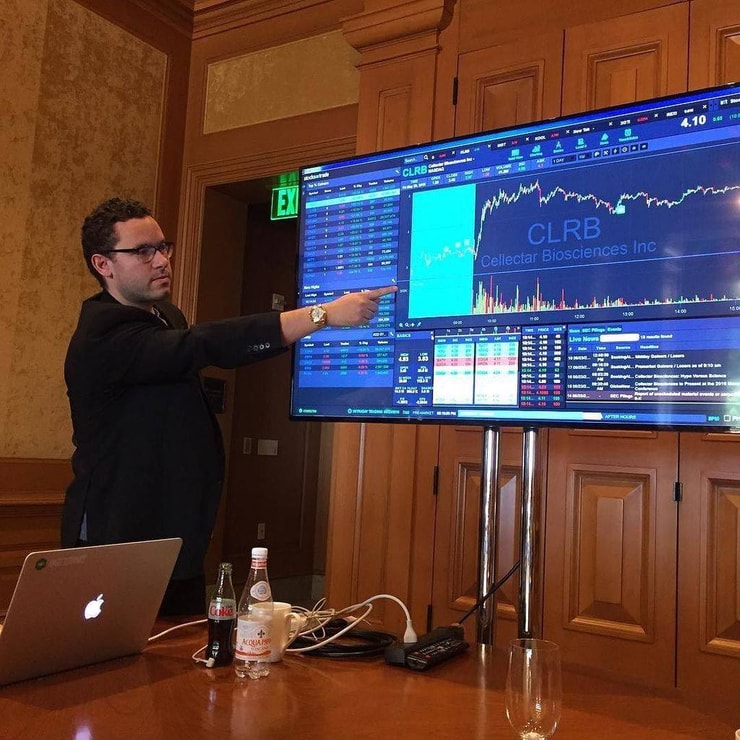
A stochastic oscillator (SO) is a technical indicator that compares a stock’s closing price to its trading range over a period of time. It’s represented as a number between 0 and 100. It’s most often shown in conjunction with a simple moving average of itself.
The standard number of periods for the stochastic oscillator is 14. For example, if you’re looking at a chart with daily candlesticks, the standard stochastic oscillator looks back over the last 14 days — SO(14). If your chart is 1-minute candlesticks, the stochastic oscillator is based on the last 14 minutes.
When the stochastic oscillator output is between 0 and 50, the stock closed in the lower half of its trading range. If the number is between 50 and 100, the stock closed in the upper half of its trading range. The closer to 0 and 100 respectively, the closer to the low or high in the trading range.
The stochastic oscillator is used as a way to determine momentum. It’s also used by traders to determine if a stock is overbought or oversold. It is commonly accepted that an SO number above 80 indicates a stock is overbought. An SO number below 20 indicates a stock is oversold.
The Stochastic Oscillator Formula
Here’s where it gets fun, right? I’m not that great at math. But I do know the formula for a stochastic oscillator. Let’s take a look …
Here’s the formula for a standard 14-day stochastic oscillator:
%K = 100 * (Close Price – L14)/(H14 – L14)
L = Low
H = High
14 = the number of periods
So, L14 = the 14 period low. H14 = the 14 period high.
The reason for multiplying by 100 is to move the decimal place two positions.
Let’s look at an example using real numbers. Cool Company A closed at $4.00. The low over the last 14 days was $2.35 and the high was $4.87. Here’s the formula with those numbers plugged in:
100*(4 – 2.35)/(4.87 – 2.35) = 65.4762
Besides the above calculation, there’s a second plotted line, which is a simple moving average of the first. It’s normally represented as %D.
%D = (K1 + K2 + K3)/3
With each passing period, this is re-calculated and the two lines plotted. I’ll show you an example on a chart below. But first, because somebody asked and I’m such a nice guy …
… check this out …
How To Calculate the Stochastic Oscillator in Excel
Ugh. That’s how.
Any charting or scanning software worth anything has stochastic oscillators built-in. Even freebies like Yahoo Finance have adjustable stochastics. You only have to click a few buttons and, voilà — there’s another line to keep you distracted from what you should be doing.
But somebody asked for an example. And that somebody might just turn into my next top student. Also, some people really love to see the numbers rather than the lines on the chart. There’s something to be said for that.
My top student, Tim Grittani, loves to use spreadsheets to track trades and gather data about possible setups. Check out the linked post. Tim has had an amazing journey and he was gracious enough to answer some questions. There’s even one there about spreadsheets.
I’m going to show you how to use Excel or even Google Sheets to set up a stochastic oscillator tracker. This is especially for you math geeks. (I’m not a math geek.) Love to spend more time inputting data than watching charts? Here you go …
First, take a look at the example spreadsheet based on DPW Holdings, Inc. This is only the fast stochastic using the first formula:
It’s important to note that it takes 14 days worth of data before there’s something to calculate. That’s why the spreadsheet doesn’t show 14-day highs/lows and closing prices prior to February 14.
If you download the file it can be opened in either Excel or Google Sheets. When you do that you’ll see how the stochastic oscillator formula is applied in the far right column. You can also see how to keep track of the high and low for your chosen period by using a simple MAX or MIN formula.
How do you figure this stuff out in Excel? Tim Grittani gave great advice at last year’s Trader and Investor Summit in Orlando. He said to invest in an Excel course on Udemy. There you go. He’s my top student for a reason. It’s good advice.
Scanning software like StocksToTrade automagically calculates stochastic oscillator (SO). So on the chart below, you’ll see SO data going further back in the chart than the spreadsheet example.
Here’s the daily chart for the same dates with the stochastic oscillator at the bottom:
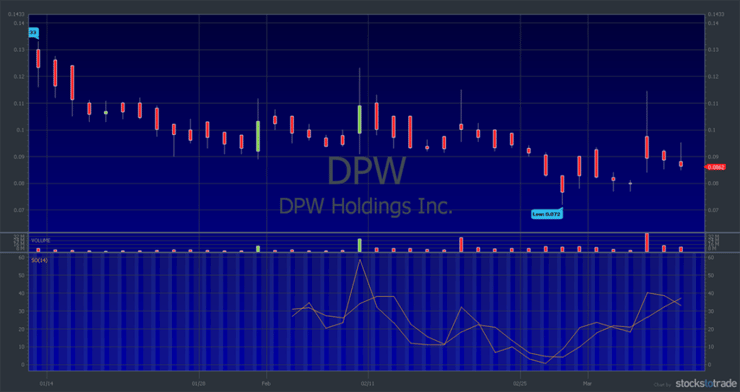
The most important thing to get from the above chart? The stochastic oscillator isn’t giving much in the way of buy or sell signals. On February 8 it spiked up to 60. It’s generally accepted that anything above 80 is overbought and anything below 20 is oversold. Which makes the stochastic oscillator pretty much useless in this instance.
Pay attention because I’m about to share the chart at the time of my trade including what I was thinking and how it worked out. I’ve put the stochastic oscillator (both fast and slow — I’ll explain the difference later) on the chart for you to see.
Please note: I only put the stochastic oscillator on the chart below so you can see how it would look if I used it to trade. I don’t. It’s just another distraction to steal my attention from what I do … which is watch the chart.
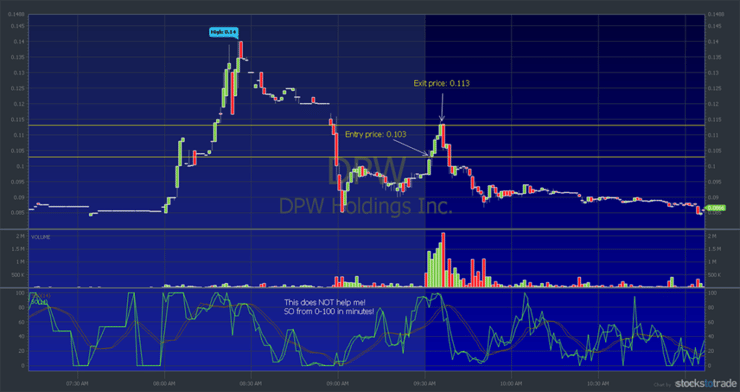
There are a few important things to notice on the chart above. Look at the pre-market trading — the paler area on the left. DPW hit a daily high of 0.14 on positive debt reduction news. Then there was some profit-taking heading into the market open. When the market opened, it spiked — briefly.
I’m a day trader. My whole thesis for this trade was based on the pre-market high and the positive news. The increase in volume pre-market meant there were a lot of traders paying attention. I thought it could climb close to the pre-market high on a morning spike. So I bought at $0.103 when upward price action was confirmed.
The spike was short lived and at the first sign of it being turned back I got out at $0.113. That’s a penny per share. Not what I was hoping for, but it was a win and a profit of $494.**
Here’s what I was NOT doing. I was NOT looking at the friggin’ stochastic oscillator. Which, by the way, said the stock was overbought for the entire time I was in the trade. It bounced between 0 and 100 over the course of the entire chart — even after trading volume dropped and the price action went flat.
I hope you get why using a stochastic oscillator doesn’t help me much.
I sometimes use Fibonnaci retracement as a confirmation of support and resistance. But even that would have been useless in this case because it was near zero. My point is this: Keep It Simple, Stupid. Here’s a list of 37 Stock Market Strategies. K.I.S.S. is #21.
I know there are haters out there saying “Sykes doesn’t know what he’s talking about.” Fine, go listen to what they have to say. When you’re done blowing up your account because you were paying attention to the stochastic oscillator when you should have been watching the chart … and managing your risk … come back and join the Trading Challenge.
Difference Between Stochastic Oscillator and RSI
The relative strength index (RSI) is another momentum indicator used to determine overbought and oversold conditions. It uses volatility rather than closing prices as a basis for calculation. RSI is available as a technical indicator on most stock screeners, including StocksToTrade. So I’m not going into the formula for RSI in this post.
Trending Versus Choppy Markets
One of the arguments against stochastics is they tend to be choppy. It can be difficult to get a read on what they mean. Of course, that’s because they measure momentum and not price. Plus, they’re backward looking. The takeaway here is, they appear to parallel price action better when there’s a clear trend in price.
Once you get into choppy price action, the stochastic starts making huge swings. Which is why there are different kinds of stochastics. The guy who developed stochastics for stock trading, Dr. George Lane, was aware of this. Using a simple moving average of the stochastic proved helpful in smoothing the data.
That’s why a stochastic oscillator is always shown as two plotted lines. Remember, %K is the stochastic and %D is the simple moving average of the stochastic.
Types of Stochastic Oscillator
There are three types of stochastic oscillator. It’s important to understand that the slow and full stochastic oscillators are derivatives of the fast stochastic. Ready? We’re on the home stretch now …
Fast Stochastic Oscillator
A fast stochastic oscillator is the line generated by using the formula above. In most charting software, if you apply fast stochastic oscillator to the chart you get the fast SO and the slow SO.
Slow Stochastic Oscillator
A slow stochastic is the simple moving average of the fast stochastic oscillator. It’s most common to use a 3-period SMA for a 14-period stochastic. In most charting software, when you apply slow stochastic you get the 3-period SMA of the fast stochastic and the 3-period SMA of the slow stochastic.
Full Stochastic Oscillator
The full stochastic oscillator adds one more layer of complexity. When a full stochastic oscillator is available on a chart, it is also fully customizable. You can set whatever periods suit you.
I’d rather trade the chart.
Take Advantage of StocksToTrade Features
The good news is, we’ve built stochastics into StocksToTrade. Along with about 40 other technical indicators. Why? Because everyone is different. I’ve never said my way is the only way. Only that I use what works for me and ignore the rest.
I have Trading Challenge students who use all sorts of indicators in their trading. That’s fine. If it serves you, use it. Just don’t let it get in your way. When you do that, it no longer serves its purpose.
Back to StocksToTrade. Full disclosure — I helped develop it. To my exact needs and specifications. Since it was released a couple years back we’ve added features. And it’s awesome.
From my favorite scans to custom scans, you can find stocks to meet whatever your trading criteria. Fast. You can set up multiple charts of a single stock for different time frames. You can watch several stocks at once either by using different tabs or multiple windows.
What else?
- Built-in Twitter feed. So you can see what other traders are pushing, bragging about, or hoping for. In other words, you can start to understand market psychology.
- Chat. 2 levels of chat depending on your subscription. Very cool feature. And if you have an STT Pro account you can hit-up lead trainer Tim Bohen in chat. He’s there during market open hours.
- The Basics Box. Why every other stock screener doesn’t have this is beyond me, but most don’t. Useful information all in one place: high, low, open, previous close, volume, 52-week high, and more.
I could go on but it’s best if you just hop on over to StocksToTrade and go for the 7-day trial. Then get a subscription and start using it. Simple. Remember, K.I.S.S. StocksToTrade will help with that.
Are you a trader? Do you use stochastic oscillators in your trading? Share your experience in the comments below. Even if you’re new to trading I’d love to hear from you!
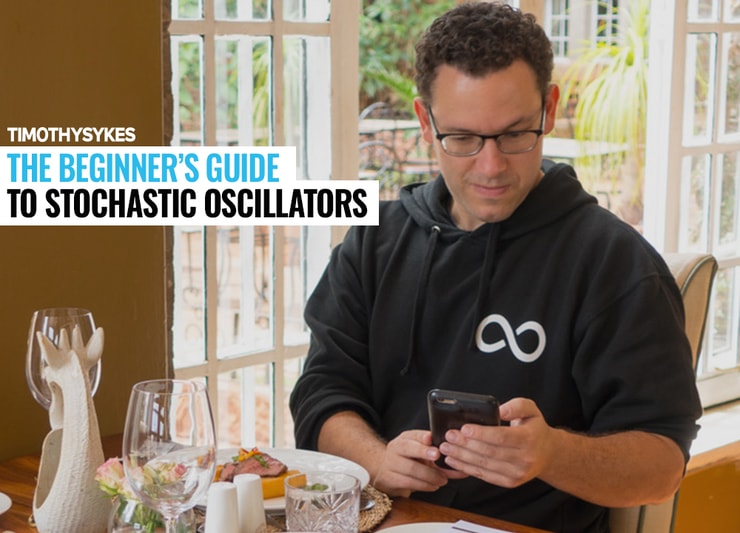

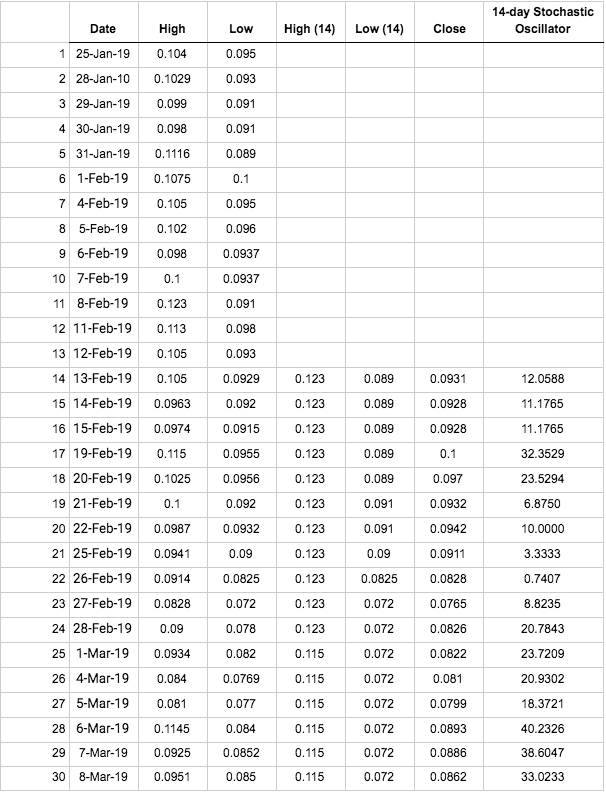


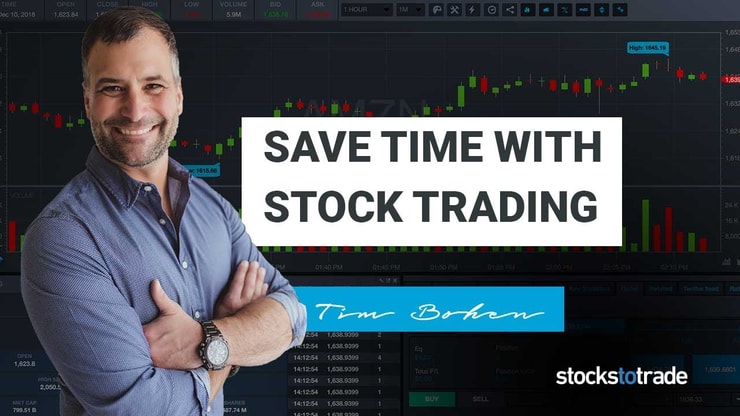

Leave a reply